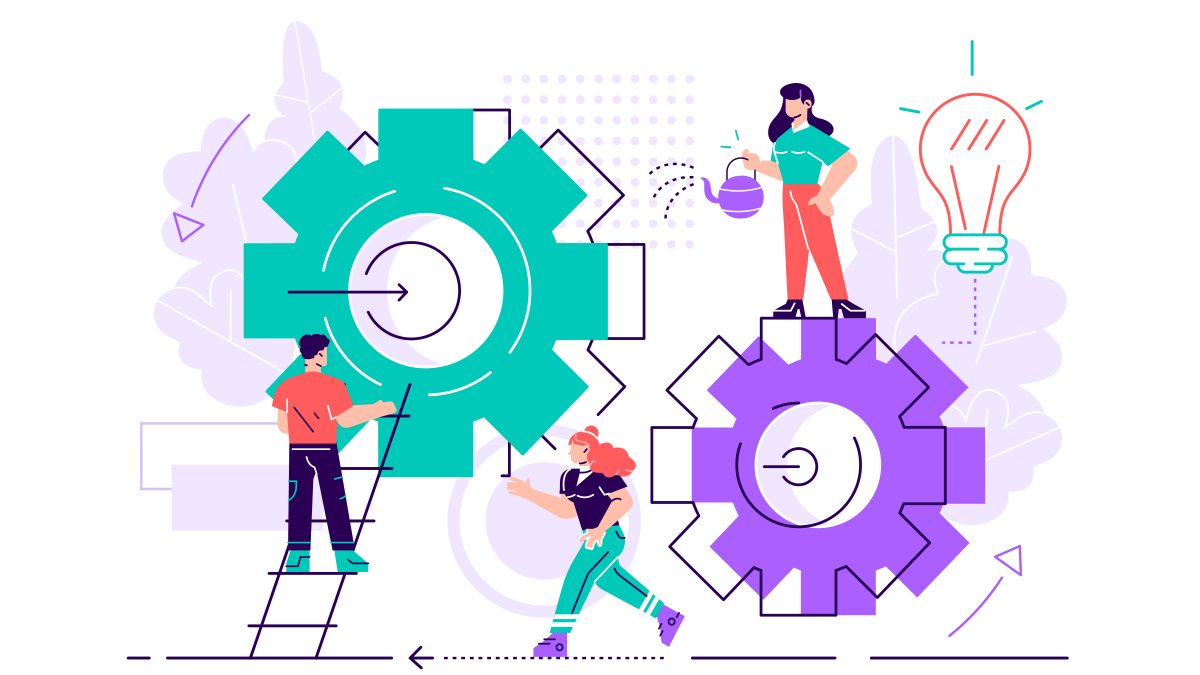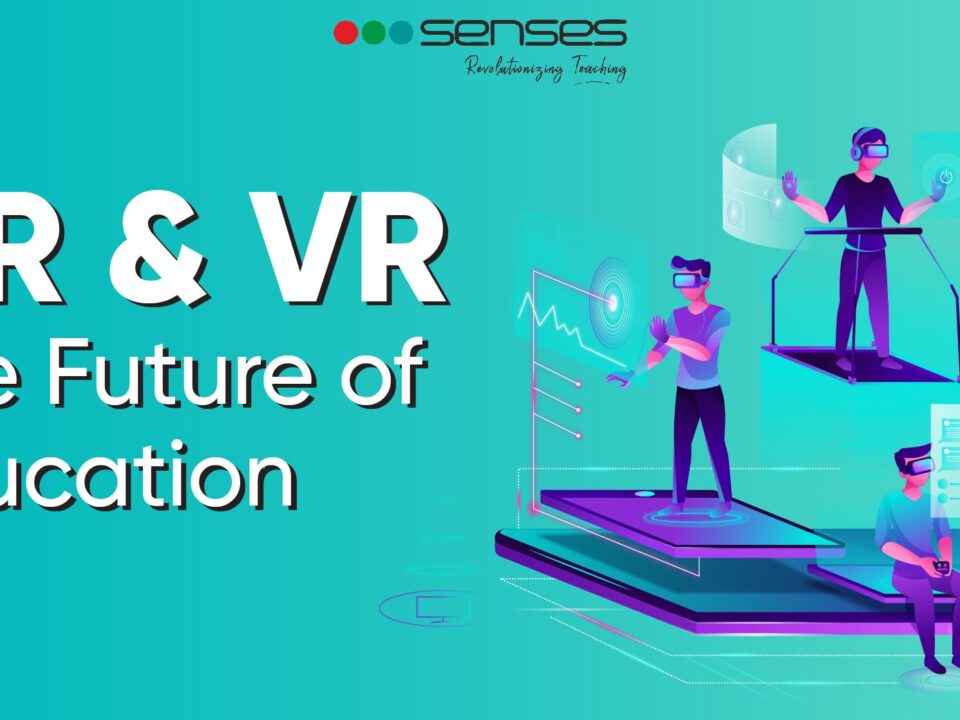Ways to use Project-Based Learning to Flip Bloom’s Taxonomy for Deeper Learning

Ways to use Project-Based Learning to Flip Bloom’s Taxonomy for Deeper Learning
Recently, I was going through different offerings of Apple when I came across something known as ‘Swift’ which is a programming language that Apple has created for coding different apps for its Mac products. At first, I thought, it is probably a complicated language that the developers of the company use, but after reading further into it, it was found that this language has an entire program revolving around it for teaching K-12 students how to code.
Apple has designed this program for kids in such a way that they can explore the widespread aspects of programming through a simple language that is used in everyday activities. Now, this gets you thinking about something that we have experienced since we were in our K-12 years, the traditional academic approaches where we were used to rote learning and a fixed set of examinations. We were given theoretical dictation and printed conceptualization of learning modules and then had to memorize those learnings until after the exams got over. But now the things have made a swift move to more pragmatic approaches to learning. One such modern method is Projects-based learning. Project-based learning is the technique of encouraging
This approach is a complete 180-degree turn to what is proposed in the cognitive framework of Bloom’s Taxonomy for Deeper Learning. Bloom’s Taxonomy for Deeper Learning shows a hierarchy of stages of learning that is followed or to be followed by learners when studying a concept. It starts from Remembering, moves to Understanding, then Applying, then Analyzing, the Evaluating, and lastly, Creating. But Project-based learning starts with Creating and ends at remembering the important aspects and skills. Let us look at how project-based learning is flipping Bloom’s Taxonomy for Deeper Learning.
1. Construct Solutions
Project-based learning starts with designing and building solutions that are aimed at solving the real-life problems going around in the ecosystem. Whereas if we talk about Bloom’s approach, this would be the last step and not the first. In project-based learning, students are motivated to create a working model that is directly proportional to solving a difficulty or problem faced in real-life scenarios, instead of just thinking about an idea that would do the work. For example, there was a need in the market for a more powerful alarm in place of an aesthetic soft one, which doesn’t do the work of waking people up on time with them hitting the snooze button. This resulted in the creation of the world’s most annoying alarm, Alarmy that makes people perform different tasks to make it stop ringing.
2. Assess the workability
the PBL trains teachers to be a coach to their students and together they test the workability of the model that the students have built. This is the assessment technique that is followed at the second stage, in contrast to the second stage of Bloom’s approach, whereas here, understandability among students is expected. PBL ensures that students assess the workability and examine it in accordance with the serving of the actual purpose and solving of the actual problem.
3. Scrutinize and Iterate
When the assessment is done, students are motivated to scrutinize the projects that they built and perform iterations until they achieve the goal they aimed for. This stage would not come until late if we follow the framework designed by Bloom. PBL makes the learners break down different steps and functions that they performed for building these models, and closely pivot to trying out a different functionality to ensure the optimality of the project.
4. Functionality in other areas
The fourth stage of the PBL techniques is to explore the functionality of the project and try to put it to use in those. Let’s say, potatoes can be used to make mashed potatoes, but potatoes can also be used to make French fries. That is what the learners are encouraged to do. They can navigate through different features and attributes and twist and turn them to apply them into other areas or to solve other problems. They use the same or similar developments and build something else that serves a whole different purpose. If we talk about Bloom’s approach here, applying the learnings would have been the third stage.
5. Recognize the multi-disciplinary elements
In the fifth stage of PBL, facilitators, and learners together recognize all the multi-disciplinary elements that were utilized during the development of the problem. This is when the teachers make the learners aware of different skills from different disciplines that were and could be leveraged in the construction of models in the future. For example when constructing a bridge, engineering concepts as well as physics and architectural concepts along with the geographical elements are taken into account. This would have been the understanding, i.e. the second level in the hierarchy designed by Bloom.
Key Takeaways
The sixth and final stage of the PBL approach is to realize the significant and key takeaways from the model that they built. This is where students remember what they learned and what skills they developed. This is the last stage in PBL, but the first in Bloom’s Taxonomy for Deeper Learning.
The model that Bloom designed shows a hierarchy of learning, but when in actuality there is no stage in learning which is below or above the others. Every student has a dynamic mind and PBL is designed to keep students at the heart of the approach which ensures that they acquire knowledge and pragmatic skills instead of just theoretical concepts.



